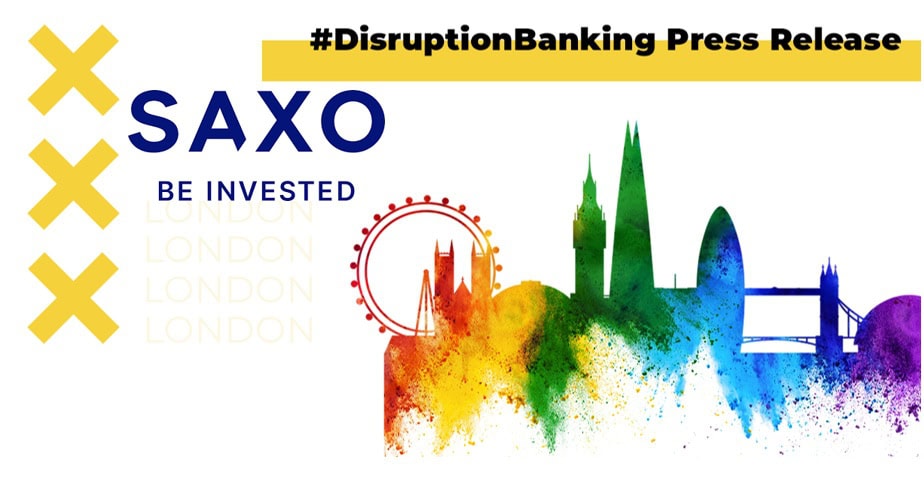According to the latest World Bank report, 24% of adults around the world have no bank or mobile account. That means there are 1.7 billion people currently living without access to any financial services. This unbanked population isn’t only found in the developing world – in the EU nearly 40 million citizens fall into this category. And an FDIC study in 2019 revealed 7 million unbanked U.S. households.
#GlobalFindex 2021 finds 76% of adults globally, and 71% in developing countries, have an account at a bank or #mobilemoney provider—the highest ever recorded. Find out more: https://t.co/cPwaK4X9UJ pic.twitter.com/ZpvB5jWM7I
— World Bank (@WorldBank) July 2, 2022
Why does this lack of financial inclusion matter? The vast majority of those left out of the system are from developing nations and the global poor. While great gains have been made to lift many out of poverty, there is still a long way to go. And financial inclusion is so key to this goal that it appears in 8 of the UN’s 17 Sustainable Development Goals for 2030. The UN special rapporteur on extreme poverty and human rights, Olivier De Schutter, writes in the Guardian, “What is required [to end poverty] is to make social protection universal, to strengthen public services, to achieve progressive taxation, and to build an inclusive economy.”
While only 76% of the global population have access to financial services, 91% own mobile phones, with 86% owning smart phones. At the same time, a WEF report states, “Account ownership in developing economies grew from 63% to 71% between 2017 and 2021, driven by services like mobile money. The mobile money service M‑Pesa, for example, has lifted 2% of the Kenyan population out of poverty, according to research from Georgetown University and MIT.”
Where do Remittances come in?
As well as creating a more inclusive economy, mobile payments have another key part to play in poverty alleviation – remittances. According to the World Bank, remittances have been the largest source of external finance for LMICs since 2015. This is more than incoming foreign aid for many developing nations. These flows were due to hit $630 billion in 2022, a year-on-year 4.2% increase. And this does not account for the estimated 50% of remittances not officially recorded, according to the IMF.
#Remittances—the money which overseas workers send back home—are a crucial source of funding for many low-income families. Against the background of the pandemic, the need for that money is acute. #COVID19 #IMFBlog https://t.co/8gNqMyLtJL pic.twitter.com/tnw8R1osR3
— IMF (@IMFNews) September 19, 2020
However, these are also beset with high costs. At the end of 2021, the average cost of sending $200 was 6%, twice the SDG target of 3%, according to the Bank’s Remittances Prices Worldwide Database. “Lowering remittance fees by 2 percentage points would potentially translate to $12 billion of annual savings for international migrants from LMICs, and $400 million for migrants and refugees from Ukraine,” said Dilip Ratha, lead author of the report on migration and remittances and head of KNOMAD.
Money transfer companies such as Western Union (or Convera today) have operated remittance services for years. However, along with high fees they have other issues. These traditional payment companies are vulnerable to fraudulent behaviour and corruption and rely on local agents to carry out KYC and other regulatory compliance checks. They lock out the unbanked as senders. They limit potential receivers who may not have the legal documents required to receive cash payments. Clearly, there is space in the market for forward-thinking companies to make a profit and benefit customers.
How big is the Mobile Payments Market?
Mobile payments are already a massive market in both developed and developing nations. In 2021, mobile payments transaction volumes hit $1.7 trillion. Take up has been greatest in India and China. Younger generations in South-east Asia and South America are also increasingly entering the market, bypassing traditional credit or debit card routes. Covid 19 has accelerated this growth too. According to the World Bank: “Around 40% of adults in developing economies excluding China who made a digital merchant payment using a card, phone, or the internet, and more than one-third of adults in developing economies who paid a utility bill directly from an account, did so for the first time after the start of the pandemic.”
What exactly does this growth in mobile wallets look like? A joint report by Boku Inc and Juniper Research Ltd provides startling numbers. It estimated the largest increase will happen in South-east Asia, growing 311% to nearly 440 million by 2025 across Indonesia, Malaysia, the Philippines, Singapore, Thailand, and Vietnam. Latin America is likely to increase 166%, and Africa and the Middle East 147% in the same period. Globally, there were 2.8 billion mobile wallets in 2020. The report estimates this will increase by 74% to 4.8 billion by 2025.
There are major players who currently dominate this market. And you’ve probably heard of most of them: World Remit, Moneygram, Western Union, Wise, PayPal, Remitly. In its 2023 list of best money transfer apps, TechRadar placed World Remit at number 1.
How is World Remit different to a Traditional Remittance Service?
World Remit is the brainchild of Ismail Ahmed, a refugee from Somalia and a former whistle-blower at the United Nations, now an entrepreneur. Like traditional remittance services, one can use the app to make bank to bank transfers. But, it also allows for direct mobile wallet to wallet transfers and other options by working with local banks and mobile networks. In Kenya they are working with M-Pesa. Users can now receive funds to a local World Remit account, as mobile money, airtime top-up or even as cash at a supermarket. Their fees are also 2 – 3% lower than those charged by banks.
On 6th March 2007, we launched M-PESA.
— M-PESA Africa (@MPESAAfrica) March 6, 2023
16 years later, we empower more than 57 million customers, 5 million businesses and more than 59,000 developers use our platform, across 7 countries.
A big thank you to you all for choosing us as your preferred fintech! pic.twitter.com/xahrDtOHW7
Furthermore, World Remit is confident the digitalisation of transfers can safeguard against money laundering and other fraudulent activity. It checks users against international watchlists and sanction databases and analyses their behaviour to look out for suspicious patterns. Every transaction leaves a digital trail which makes it easier to spot and source criminal activities and networks. Mr Ahmed told Wired, “If a transaction is suspicious, there is a wealth of data to trace it back to a bank account, a card, an identity.”
Wisely going beyond Remittances
Wise, which went public in 2021, are another business pushing the boundaries. For remittances, its commitment to providing an international service has been a driving force behind the business from day one. Peter Thiel was quoted back in 2013 when he made his initial investment saying, “TransferWise demonstrates true innovation in banking by enabling its users to retain their wealth across borders.” Disruption Banking recently caught up with Balazs Barna, Site Lead & Head of U.S. Engineering in the company’s new Full Stack Hub in Austin.
Digital-payments company Wise plans to float on the London Stock Exchange via a rare direct listing https://t.co/fTEqX2vsjz
— Bloomberg Markets (@markets) June 17, 2021
Mr Barna explained how in his early years at the firm, one of the big challenges that he sought to overcome was the cost related to money transfers for his native Hungarians. Then Wise gained direct access to Hungary’s payment infrastructure, a first in the European Union for the company. And from there things grew. “After we did the direct integration, we were able to drop the fees by 25%,” Balazs told Disruption Banking. This has allowed the company to go further and offer a wider array of cross-border services. These relations and agreements are one reason financial institutions now see Wise as a partner and not a competitor.
Wise continues to innovate in the market. It has developed a service that works for those not able to access traditional banking services. The company provides additional features beyond transfers such as interest on accounts in credit. It provides for the needs of SMEs operating across borders. Wise does all this with low fees within the bounds of the UN’s sustainability goals of 2 -3%. And Wise is profitable – £379.1 million in 2022, its first full year as a public company.
What next for Mobile Payments and Cross Border Remittances
A Center for Global Development (CGD) report throws up two interesting points. Firstly, it predicts that by 2050 no country will be classified as low income. Over two-thirds of the population could be living on more than $10 a day by then, up from around 42% now. Secondly, over the same period, GDP per capita growth is likely to be around 20% in high-income countries but to double in low and middle-income countries.
Global economy forecasts can be critical to planning and making policy decisions in global governance. 🏛️
— Center for Global Development (@CGDev) March 16, 2023
Using education, climate, and demographic data, @charlesjkenny makes his predictions for the shape of the global economy in 2050 🔮:https://t.co/aqsmcspiDk
Mobile phones leapfrogged traditional landline infrastructure in most of the developing world. Now that same technology is leapfrogging traditional financial services for the populations of those countries. Harnessing that potential can be both lucrative for business and of benefit to the currently unbanked and global poor.
The mobile money market will continue to grow apace across borders. New products and technology will become available and unlock ever greater potential. It will be easier, faster, safer, and cheaper. While it isn’t a panacea to global poverty, with both the right business-sense and social-foresight it could certainly go a long way to helping.
Author: Mike Davies















